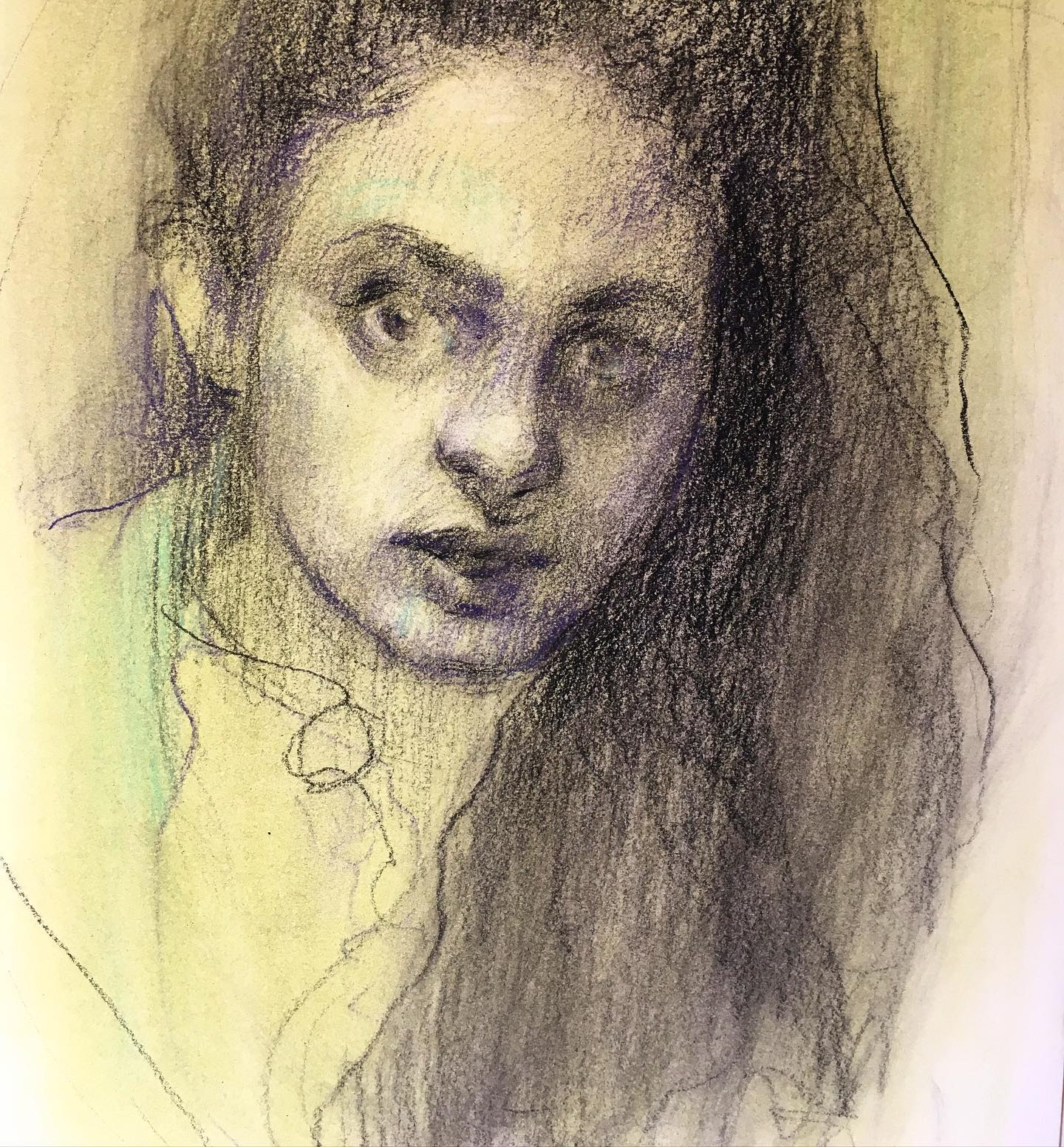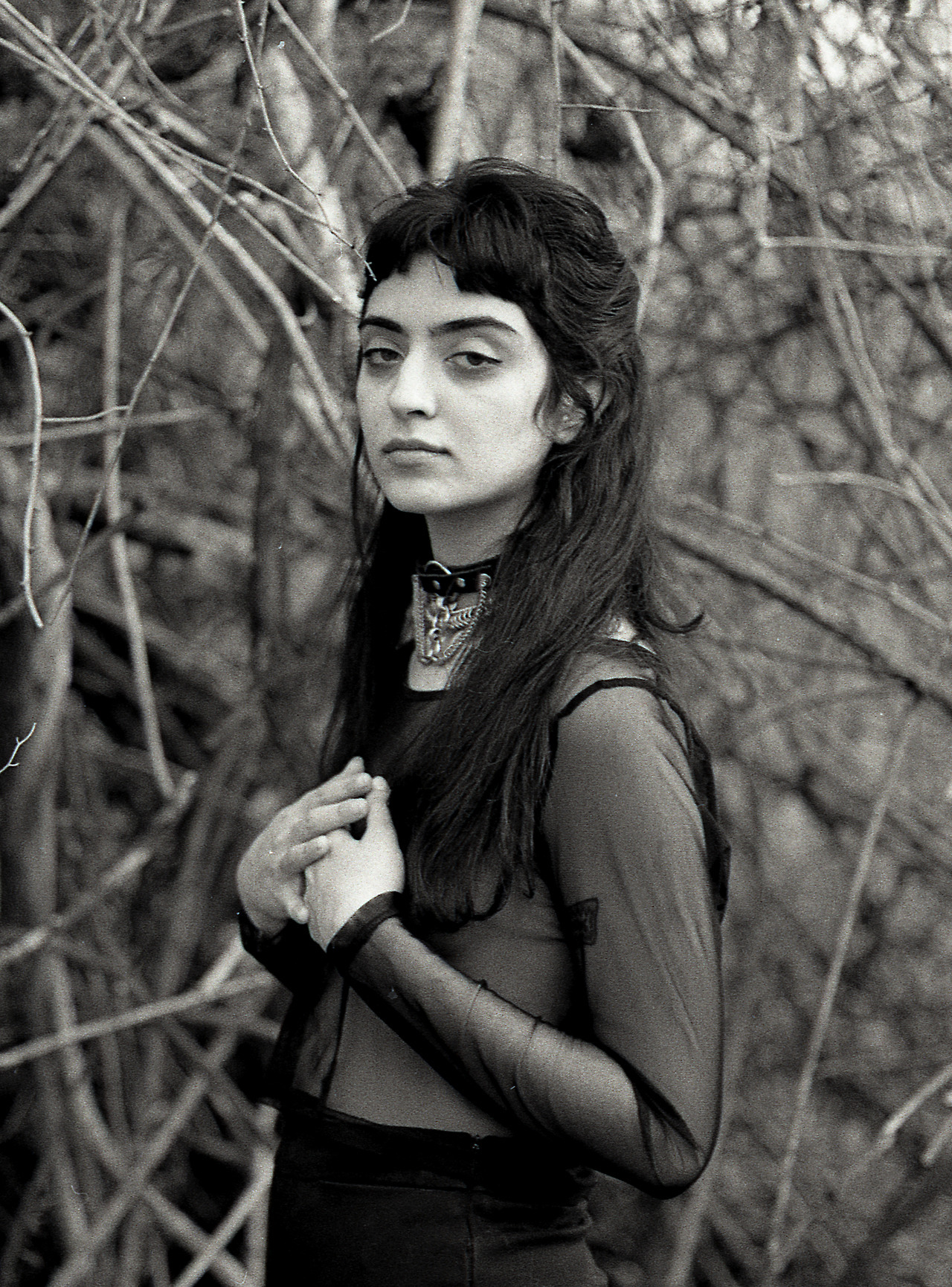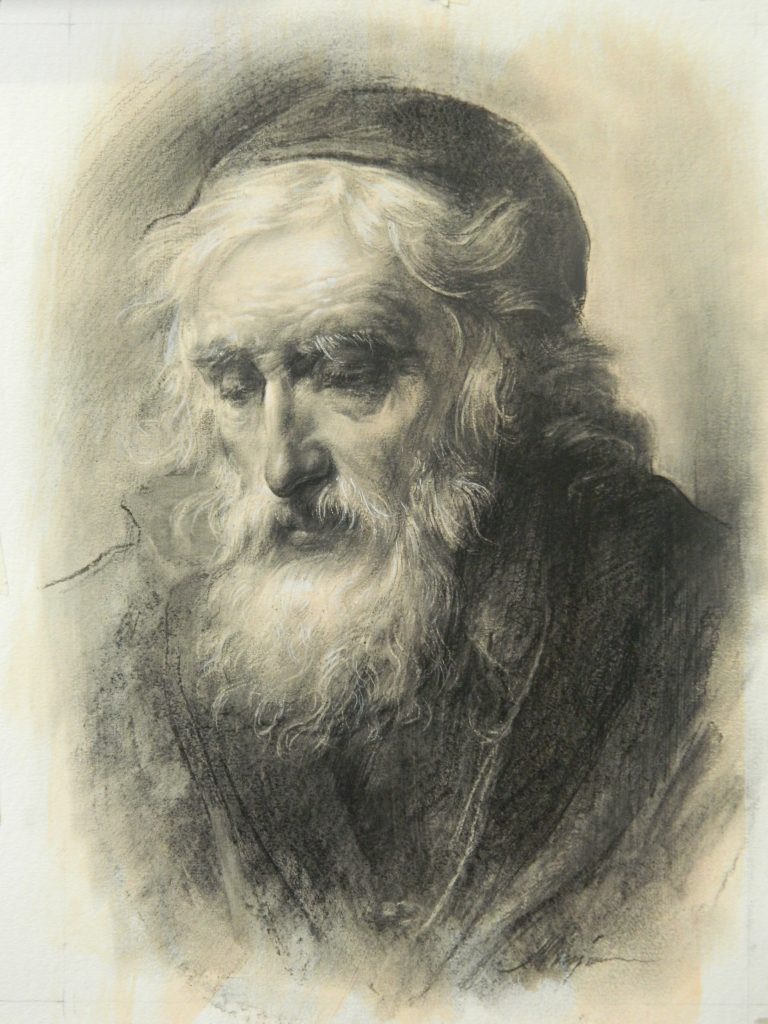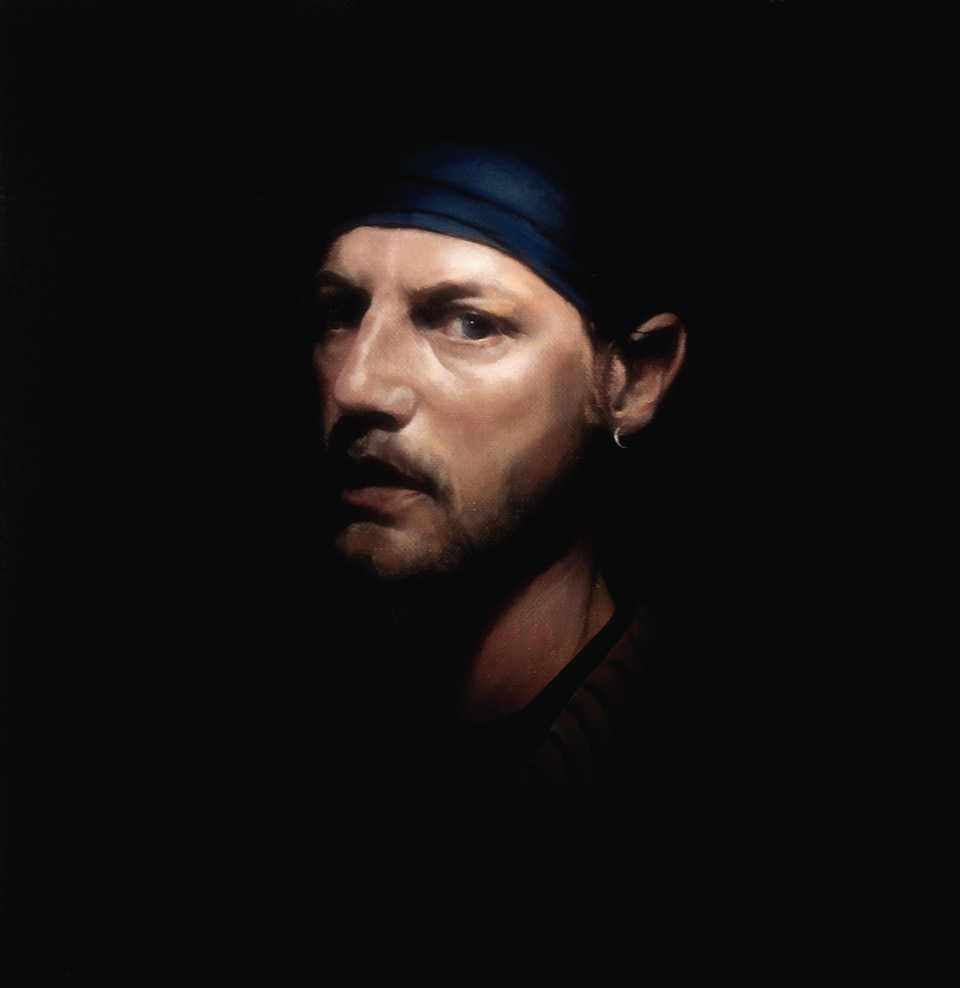How can I consider myself an artist if I don’t know what that is?
Every time I hear this word my stomach unfailingly turns. Nobody knows what it is because it became an indecipherable idea — anything can be called “art” in our times. There are no quality standards.
A few years ago I was lucky enough to come across a great academic figurative painter, Alejandro Boim. He taught me in a clear manner some technical and observational matters about representation and construction of a painting. He also taught me to embrace the natural, question light, and to reflect on the profession: simply to draw and steal. “Steal” what you like and what captivates you. Make your own “salad” and leave the idea to rise in the painting.
One day Alejandro showed me a book full of beautiful paintings by Odd Nerdrum. I asked Alejandro “is this man alive?” to my surprise he said “yes.”
Two years later, at a workshop with Fabián Larosa, yet again something “vibrated” among a pile of books full of images. It was the echo of Odd Nerdrum, perhaps the magnetic resonance of the ancestral that I’ve always loved: Rembrandt, Titian, Käthe Kollwitz, Velázquez and a few other giants.
The universal and singular, that melancholic spirit that seeks the eternal and the self-improvement that is never enough. The beauty of antiquity that lies in technique.
When I met Odd I could see for myself that he is what he painted and it moved me. He contemplated the painting in complete silence, and analyzed it more than he moved the brush. He exemplified the importance of discipline and presence in a painter’s work. Like he often said “you must forget yourself.”
I agree with his philosophy; we need a visual consensus with the values of antiquity. We need to distinguish between an ‘artist’ and a ‘draftsman’ or ‘painter’. Anything can be called ‘art’ in our times and the word is practically meaningless. Nobody really understands why something is considered art and there are no quality standards.
Everytime someone calls me an ‘artist’ I get angry, but I understand they do not really know what they are saying. I know what I do, and what interests me. I am not an artist.
Long live the spiral thoughts!
Long live the painters!
Long live the drawers!
Long live the craft!
Amen.
— Agustina Caruso, The polytheist










